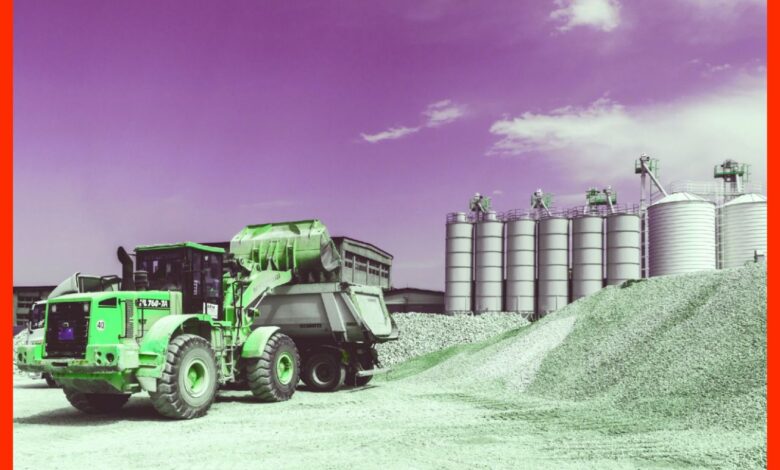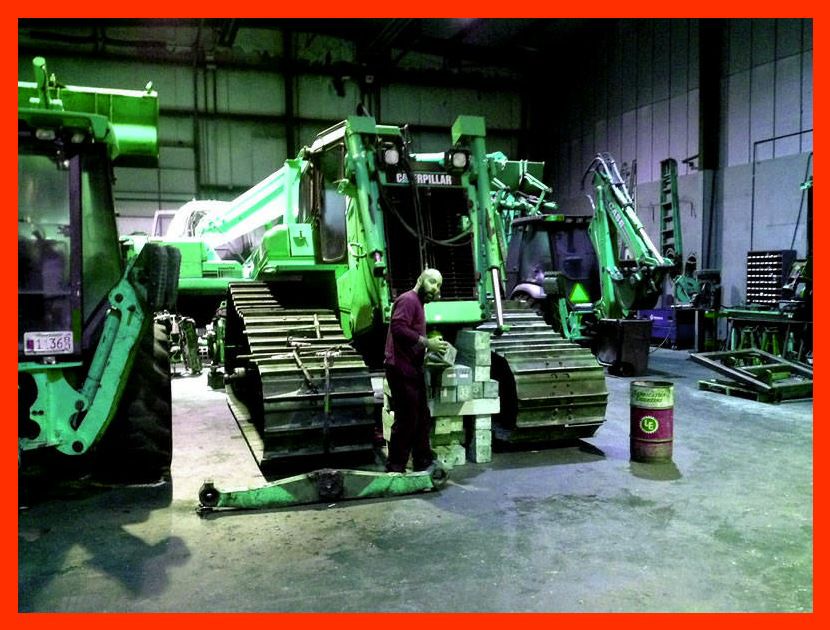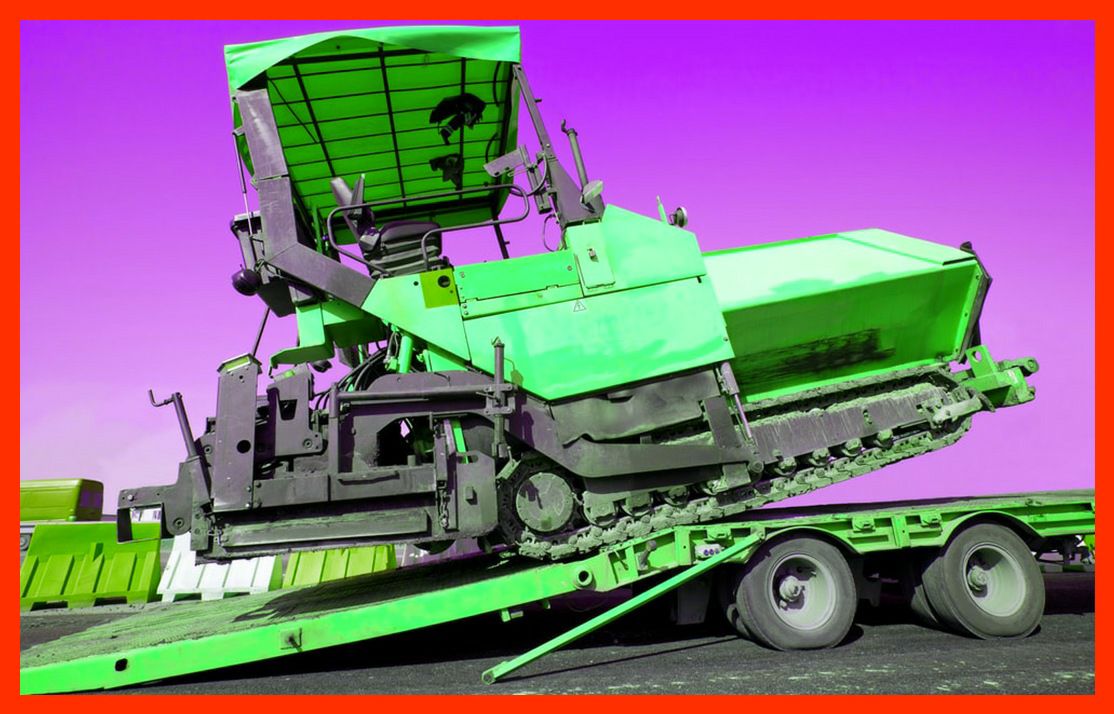
Heavy Equipment Shipping: A Guide for Everyone
Are you curious about heavy equipment shipping? Well, you’ve come to the right place. In this article, we will explore the ins and outs of heavy equipment shipping in a way that anyone can understand. No need for complex jargon or technical terms. Let’s dive in!
| Sr# | Headings |
|---|---|
| 1 | What is Heavy Equipment Shipping? |
| 2 | Types of Heavy Equipment |
| 3 | Choosing the Right Shipping Method |
| 4 | Preparing Heavy Equipment for Shipping |
| 5 | The Shipping Process |
| 6 | Safety Measures |
| 7 | Cost Factors |
| 8 | Insurance Considerations |
| 9 | Tracking Your Shipment |
| 10 | International Heavy Equipment Shipping |
| 11 | Conclusion |
| 12 | FAQ: How much does heavy equipment shipping cost? |
| 13 | FAQ: Can I track my heavy equipment during shipping? |
| 14 | FAQ: What types of insurance are available for heavy equipment shipping? |
| 15 | FAQ: Are there any safety regulations for heavy equipment shipping? |
| 16 | FAQ: What are the common challenges in international heavy equipment shipping? |
What is Heavy Equipment Shipping?
Heavy equipment shipping refers to the transportation of large and heavy machinery or equipment from one location to another. This equipment can range from bulldozers and excavators to industrial generators and cranes. Whether you’re moving construction equipment for a project or relocating heavy machinery for your business, understanding how heavy equipment shipping works is crucial.

Types of Heavy Equipment
Heavy equipment comes in various shapes and sizes. Some common types include:
- Construction Equipment: This category includes excavators, bulldozers, loaders, and backhoes used in construction projects.
- Agricultural Equipment: Tractors, combines, and plows fall under this category, essential for farming operations.
- Industrial Machinery: Generators, turbines, and manufacturing machines are examples of industrial equipment that often require shipping.
- Mining Equipment: Heavy machinery used in mining operations, such as drilling rigs and haul trucks.
Choosing the Right Shipping Method
When it comes to heavy equipment shipping, there are multiple methods to choose from:
- Flatbed Trailers: Suitable for smaller equipment that can be driven onto the trailer.
- Lowboy Trailers: Designed for taller or larger equipment, these trailers have a lower deck.
- RORO (Roll-on/Roll-off): Ideal for self-propelled equipment, as they can be driven onto the vessel.
- Container Shipping: Provides protection for smaller equipment and can be used for international shipping.
Preparing Heavy Equipment for Shipping
Proper preparation of your heavy equipment is crucial. This involves:
- Cleaning: Remove dirt and debris to prevent damage during transportation.
- Securing Loose Parts: Ensure that any loose parts are properly secured to avoid accidents.
- Fluid Draining: Drain fluids like oil and fuel to prevent leakage during transit.
The Shipping Process
Once your equipment is prepared, the shipping process involves:
- Loading: Safely loading the equipment onto the chosen transportation method.
- Transportation: Ensuring the equipment is securely fastened during transit.
- Unloading: Carefully unloading the equipment at the destination.
Safety Measures
Safety should always be a priority when it comes to heavy equipment shipping. Ensure that:
- The shipper is experienced: Choose a reputable shipping company with expertise in handling heavy equipment.
- Proper securing: Equipment should be securely fastened to prevent shifting during transit.
- Documentation: Maintain detailed records of the equipment’s condition before and after shipping.
Cost Factors
The cost of heavy equipment shipping can vary widely depending on factors such as:
- Distance: Longer distances often result in higher shipping costs.
- Equipment Size: Larger equipment typically costs more to ship.
- Shipping Method: Different methods have varying price points.
Insurance Considerations
To protect your investment, consider insurance options for your heavy equipment. Common types of insurance include:
- Cargo Insurance: Covers damage or loss of the equipment during transit.
- Liability Insurance: Protects against damages caused to third parties during shipping.
Tracking Your Shipment
In today’s digital age, tracking your shipment is easier than ever. Most shipping companies provide tracking services that allow you to monitor your equipment’s progress in real-time.
International Heavy Equipment Shipping
Shipping heavy equipment internationally involves additional considerations, such as customs regulations and import/export permits. It’s essential to work with a shipping company experienced in international logistics to navigate these complexities.
Heavy equipment shipping may seem like a daunting task, but with the right knowledge and preparation, it can be a smooth process. Remember to choose the right shipping method, prioritize safety, and consider insurance options. Whether you’re moving heavy machinery across town or across borders, this guide should help you navigate the world of heavy equipment shipping.
FAQ: How much does heavy equipment shipping cost?
The cost of heavy equipment shipping varies depending on several factors, including the distance, equipment size, and the chosen shipping method. It’s best to request a quote from a reputable shipping company to get an accurate estimate.
FAQ: Can I track my heavy equipment during shipping?
Yes, most shipping companies offer tracking services that allow you to monitor the progress of your heavy equipment in real-time. This helps you stay informed about the status and estimated arrival time of your shipment.
FAQ: What types of insurance are available for heavy equipment shipping?
There are two common types of insurance for heavy equipment shipping: cargo insurance, which covers damage or loss of the equipment during transit, and liability insurance, which protects against damages caused to third parties during shipping.
FAQ: Are there any safety regulations for heavy equipment shipping?
Yes, safety regulations are essential for heavy equipment shipping. It’s crucial to choose a reputable shipping company with experience in handling heavy equipment and ensure that the equipment is properly secured during transit to prevent accidents.
FAQ: What are the common challenges in international heavy equipment shipping?
International heavy equipment shipping comes with challenges such as customs regulations, import/export permits, and dealing with different legal requirements in various countries. It’s advisable to work with a shipping company experienced in international logistics to navigate these complexities successfully.



